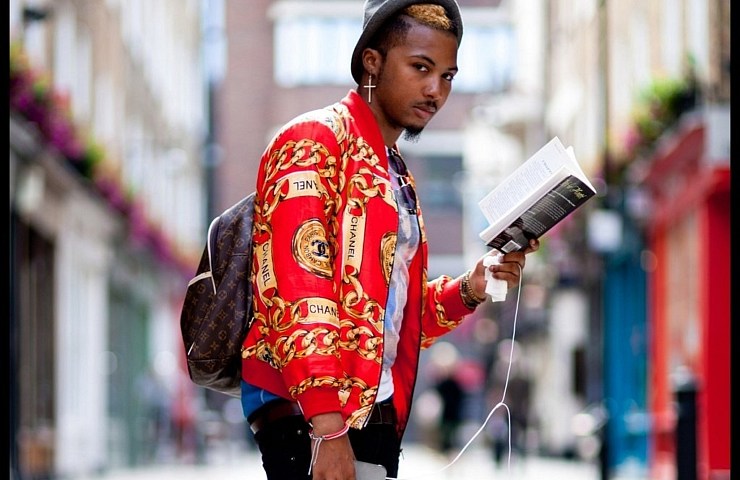To read more about streetwear, please check out our fashion issue online now!
The breadth of male fashion is different for most people and subsequently takes on many forms. From the classic old-fashion look of a well-tailored suit, to the easygoing business casual look reminiscent of a J Crew catalog, to even the blue collar looks of Wranglers and cowboy boots. These archaic looks are typically reserved for how a “real man” is supposed to dress.
However, there are many men out there who don’t necessarily subscribe to these tropes. Enter the urban subculture of fashion that bucks the status quo, better known as streetwear.
Whether you realize it or not, streetwear is present in almost every facet of life; influencing everyone from teenagers mimicking their favorite rapper (whose name may or may not rhyme with Flanye) to the highly respected designers looking for the next way to reinvent high fashion. The culture and origin of streetwear is heavily rooted in counter culture, taking influence from various punk scenes, the hip hop scene in New York and even skate culture. Streetwear has evolved from an underground subculture to being one of the most recognizable styles seen today.
Streetwear is also one of the few cultures that is universal within the world. Streetwear’s biggest scene is arguably located in Japan, where many design houses and looks are created and influencing people all across the world.
With all this fanfare, people may ask, what clothes constitute streetwear?
Truthfully, there is no right answer as the styles within streetwear are dynamic; considering streetwear not only adheres to trends, but is constantly changing. Streetwear continuously breaks the molds of traditional menswear and allows men to explore styling in a creative manner. Color palettes, cuts and patterns are prominent aspects of the style but are seen as taboo, or too feminine for traditional menswear.
But, arguably the biggest component of streetwear (especially in the U.S.) are brands. The brands range from easily recognizable brands that you see every day on campus such as Nike and Adidas to the highly sought after garments of Supreme and Bape. But branding takes a backseat to design, as often times garments don complex and postmodernist designs based off of film, photography, art and pop culture. But there is almost never a constant aesthetic in streetwear, at any point a trend can die, and just as fast, a new one will replace it.
One of the most satisfying adventures in shopping for clothes is thrifting. With ‘90s and early ‘2000s fashion being “revived” many stores sell clothes that once felt outdated, but are now in high demand. These clothes are sold at extremely reasonable prices, are authentic relics of the past, decrease the likelihood of someone else owning the same piece as you and give people access to diversify their wardrobe by experimenting. The biggest drawback is that since these pieces are rare, finding your size or finding what you like can be frustrating and very taxing on one’s patience.
But, at the end of the day style is style, and style is your personality and a way for you to express yourself. Whether your wardrobe consists of a uniform that is often shared among a vast majority of your immediate peers, or whether you stand for hours for a certain “hyped” brand to release new merchandise.
But streetwear is a special style that is so dynamic and unique. You can be influenced by anything, from walking the streets on campus, or from the latest curated fashion magazine. It allows men and their style to become more fluid and less stereotypical while fitting into a space that promotes and encourages this behavior.





Recent Comments